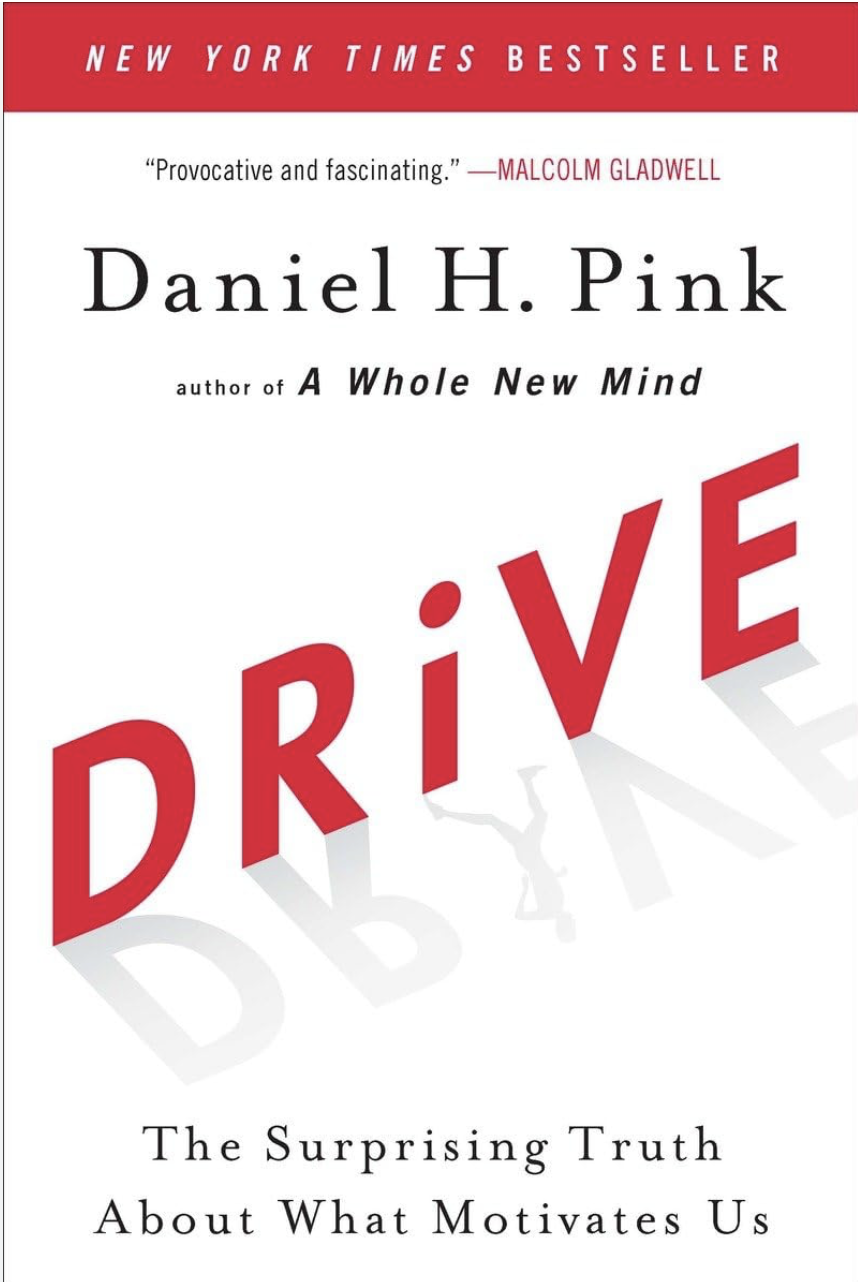
The Thin Line Between a Powerful Tool and a Trigger for Distraught
At first glance, it can be difficult to discern what’s happening in a group dynamic—is it collaboration or competition? The truth is, it can be both. What people choose to do in a particular moment often depends on a decision influenced by comparisons.
This creates a delicate balance, a razor-thin edge between working together and striving against one another. To build a great team, managers must look behind the scenes and understand the motivations driving these decisions. Recognizing the factors that tip the scale between collaboration and competition is key to fostering an environment where both can coexist harmoniously.
Comparison is often viewed negatively, associated with rivalry and envy. However, when approached strategically, it can become a powerful tool for building effective and cohesive teams in the workplace. Business owners and managers can harness the principles of constructive comparison to motivate employees, identify areas for growth, and foster a culture of excellence.
At the same time, comparison has its pitfalls, leading to unethical behavior, dissatisfaction, or even toxic dynamics.
The same pattern occurs in our everyday lives, particularly within families. A common example is the comparison between siblings, which often manifests as rivalry.
Do you have a brother or sister? Try to remember some instances of comparison. I am sure it has happened. It is so interesting how the situation can switch from collaboration to competition and back again, and how it can push you or your siblings toward unethical behavior.
It works the same way in professional life.
The Dual Nature of Comparison
Comparison is inherently neutral—it is the lens through which it is applied that determines its impact. Harvard Business Review notes that “comparison drives human behavior, but it’s the context that determines whether it inspires or discourages.” Constructive comparison enables individuals and teams to benchmark their progress without succumbing to destructive competition.
Constructive Comparison
- Encourages learning from peers’ successes and failures.
- Inspires individuals to set and achieve higher goals.
- Promotes healthy competition that drives innovation.
Destructive Comparison
- Breeds resentment and demoralization.
- Creates a toxic work environment by focusing solely on weaknesses.
- Undermines trust and collaboration among team members.


The Thin Line Between Cooperation and Competition
The tension between cooperation and competition is a recurring theme in human behavior. Workplace teams often need to navigate this delicate balance. On one hand, teams work together toward shared goals; on the other, individual team members compete for recognition, promotions, or raises. This duality is not unique to workplaces—it’s evident in global conflicts, parenting, sibling dynamics, and even holiday shopping sprees.
A Black Friday Example
The infamous Black Friday rush illustrates how quickly cooperation can give way to destructive competition. For instance, in 2008, a tragic incident occurred in upstate New York, where shoppers tore down a store’s doors and trampled an employee, Jay Ditmar, to death. This was a shocking example of how a competitive environment, driven by scarcity and comparison, can spiral into chaos.
In the workplace, similar dynamics may occur when employees are pitted against one another for limited resources, recognition, or advancement opportunities.
Addressing Ethical Pitfalls of Comparison
Promising Employees in the Workplace
Comparison often plays a role when companies select high-potential employees for promotions or leadership development. While this strategy can motivate and inspire, it can also lead to resentment among peers. Other employees, feeling overlooked, may ostracize the chosen individual or even sabotage their success.
Example: Denis’s story from the workplace highlights this issue. Selected for additional training and professional development, her coworkers excluded her from social events and withheld important information, ultimately making her job more difficult. Such dynamics can erode morale and discourage high-performing individuals from striving for excellence.
Solutions to Mitigate Ethical Risks:
1.Transparent Selection Criteria: Clearly communicate why an employee was chosen for a promotion or program.
2.Promote Teamwide Growth: Balance individual recognition with opportunities for all employees to grow.
3.Foster Collaboration: Pair high-performing employees with peers for mentorship, emphasizing shared success.


From Competition to Cooperation: Lessons from History
Historical examples demonstrate that even intense competition can transition to meaningful cooperation. After the devastation of World War II, the United States and Japan shifted from bitter conflict to collaborative rebuilding. General Douglas MacArthur oversaw efforts to ensure fair treatment of Japanese citizens, fostering trust and laying the foundation for decades of partnership.
This transformation is a reminder of the potential to align competing interests for the greater good, a lesson that applies to workplaces as well.
Must-Read Books: Insights from My Personal Library

“Drive: The Surprising Truth About What Motivates Us” by Daniel H. Pink

“The Culture Code: The Secrets of Highly Successful Groups” by Daniel Coyle

“Give and Take: Why Helping Others Drives Our Success” by Adam Grant

“The Infinite Game” by Simon Sinek
Navigating Cooperation and Competition in Teams
Teams must constantly balance cooperation and competition. Employees collaborate to achieve collective goals but compete for individual recognition. By fostering transparency, emphasizing shared success, and ensuring ethical boundaries, managers can transform comparison into a constructive force.
Comparison is a powerful force in shaping team dynamics. When used constructively, it can drive innovation, growth, and motivation. However, unchecked comparison can lead to unethical behavior and toxic relationships.
I believe, there is no single solution, but one: use this powerful force carefully and mindfully.
Managers and business owners have the responsibility to navigate this delicate balance, ensuring that competition inspires rather than intimidates and that cooperation is seen as a path to shared success. By doing so, workplaces can thrive—fostering both individual and collective excellence.


